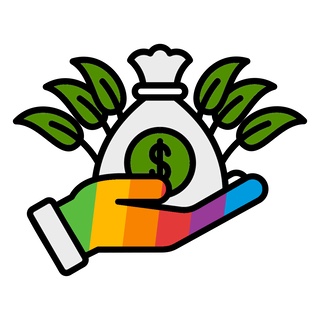
Podcast: Play in new window | Download (Duration: 26:46 — 24.6MB)
Subscribe: Google Podcasts | Spotify | Android | RSS | More
 For a long time people have suspected that there is a kind of logic to what people buy as they have a bit more to spend on food. First, they change from coarse grains — things like sorghum or millet — to fine grains, wheat and rice, maybe corn. Then they switch up to protein from animal-sourced foods. This logic was even considered something of a law, Bennett’s Law, after Merrill Bennett, the agricultural economist who formulated the idea in the early 1940s. But it wasn’t really a law, because no-one had actually studied income and food purchases under controlled conditions.
For a long time people have suspected that there is a kind of logic to what people buy as they have a bit more to spend on food. First, they change from coarse grains — things like sorghum or millet — to fine grains, wheat and rice, maybe corn. Then they switch up to protein from animal-sourced foods. This logic was even considered something of a law, Bennett’s Law, after Merrill Bennett, the agricultural economist who formulated the idea in the early 1940s. But it wasn’t really a law, because no-one had actually studied income and food purchases under controlled conditions.
Now someone has, with the first empirical test of Bennett’s Law. For Marc Bellemare, the lead author, the research, “changes your view of how the world works”.
Notes
- Income and the Demand for Food among the Poor, by Marc F. Bellemare, Eeshani Kandpal, and Katherina Thomas can be downloaded from JSTOR.
- Marc Bellemare has a website where he explains difficult things clearly. You might also like to listen to his other episodes on the podcast.
- As it happens, just last week the USDA published a chart showing Engels’ Law at work in the US.
- Here’s the transcript.
